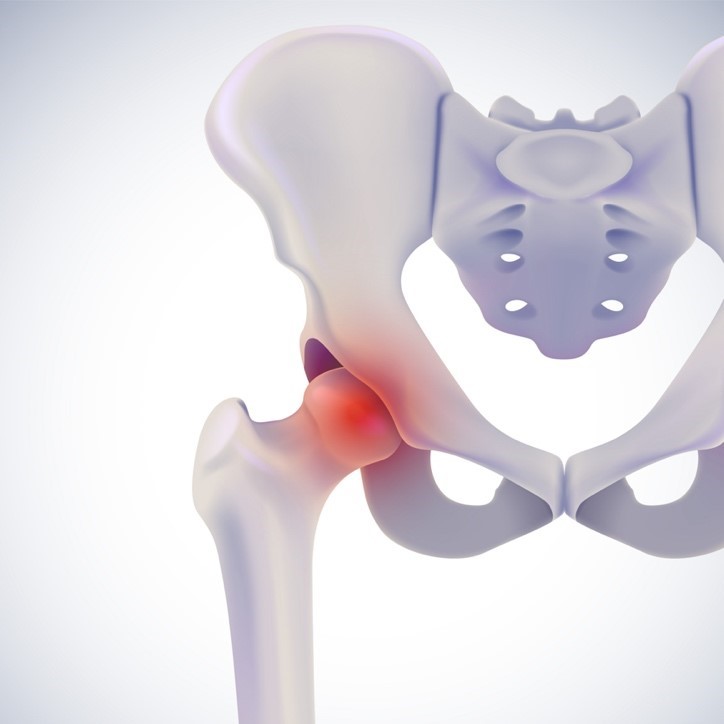Hip pain and mobility issues can significantly impact quality of life. Hip resurfacing, an innovative alternative to total hip replacement, offers hope and improved function to many. This educational blog discusses all about hip resurfacing, providing essential information in an easy-to-understand manner.
What is Hip Resurfacing?
- Hip resurfacing is a type of orthopedic surgery designed as a bone-preserving alternative to traditional total hip replacement.
- It involves reshaping and capping the femoral head (the ball part of the hip joint) with a smooth metal covering, and placing a metal cup in the acetabulum (hip socket).
- This procedure is often recommended for younger, more active patients with hip pain, usually due to arthritis or other hip joint diseases.
The Benefits of Hip Resurfacing
- Bone preservation: less bone is removed compared to a total hip replacement.
- Reduced risk of dislocation: the larger femoral head size decreases the risk.
- Improved stability and mobility: better range of motion and function.
- Durability: ideal for younger, active individuals.
Understanding the Procedure
- Pre-surgery evaluation: involves physical exams and imaging tests like x-rays or mri.
- The surgery: conducted under general anesthesia; involves placing metal implants to resurface the joint.
- Hospital stays: typically, a few days post-surgery.
Recovery and Rehabilitation
- Post-surgery care: initially involves pain management and preventing complications.
- Physical therapy: crucial for regaining strength and mobility.
- Recovery time: varies; most patients return to normal activities within a few months.
Who is a Candidate for Hip Resurfacing?
- Ideal candidates are usually younger (less than 60 years), active, and have strong, healthy bone density.
- It is less suitable for older patients, those with severe bone loss, or women of childbearing age.
Risks and Considerations
Like all surgeries, hip resurfacing has risks, including infection, blood clots, and implant-related issues. Discussing these with a healthcare provider is important.
In conclusion, hip resurfacing offers a promising solution for those struggling with hip pain, particularly for younger, active individuals. It provides a chance to return to a pain-free, active lifestyle while preserving more of the body’s natural bone structure.





